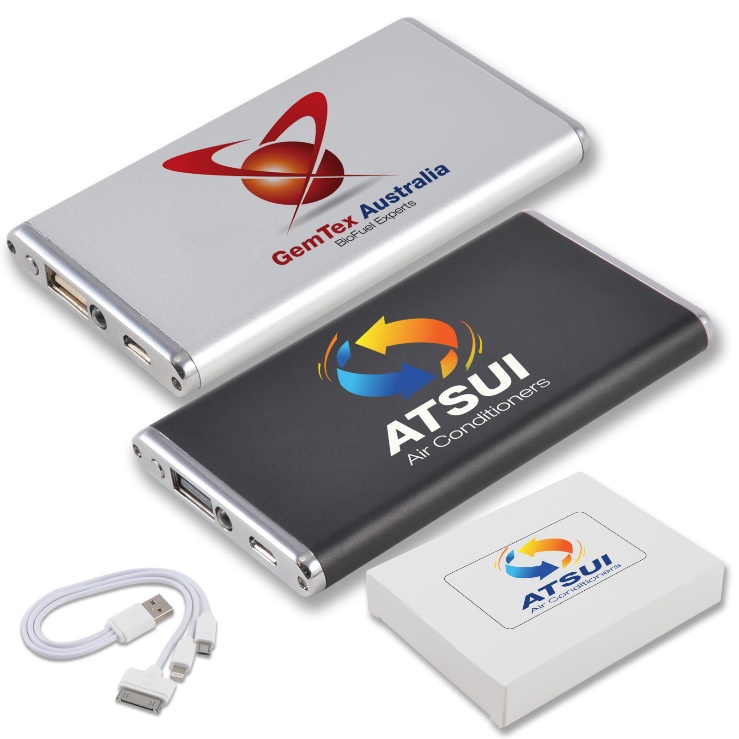Westport Marketing Branding Options
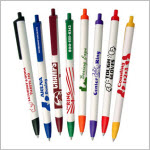 |
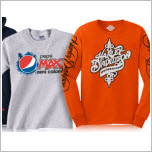 |
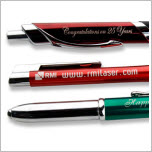 |
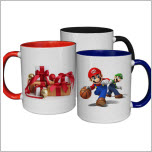 |
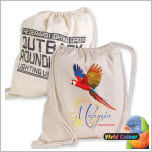 |
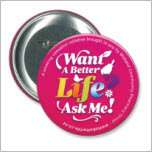 |
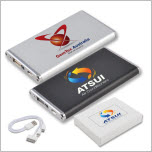 |
||||||
| Pad Print | Screen Print | Laser Engraving | Sublimation | Full Colour Heat Transfer | Digital Media | Direct Digital Print |
Pad Print
Pad printing uses a silicone pad to transfer an image to a product from a laser etched printing plate. Pad printing is one of the most practical and popular ways of branding promotional products due to its ability to reproduce images on uneven or curved surfaces and print multiple colours in a single pass. Close PMS matches can be achieved on white surfaces but as the colour of the product gets darker the ability to match PMS colours diminishes.
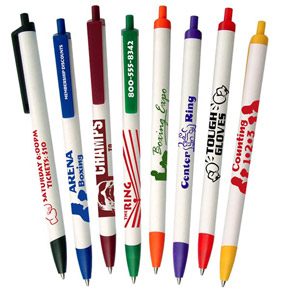
Screen Print
Screen printing involves forcing ink through a mesh screen with a squeegee onto the product or substrate and is excellent for large print areas on flat or cylindrical objects. Close PMS matches can be achieved on white surfaces but as the colour of the product gets darker the ability to match PMS colours diminishes. Screen printing is best suited for spot colour reproduction and is not recommended for logos with half tones in them.
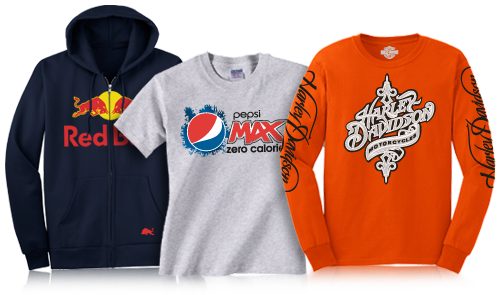
Laser Engraving
Laser engraving gives a permanent finish and creates a higher perceived value than direct printing. It is ideal for metal and glass items and because it is a digital process can be used for personalising products with individual names. Different materials produce different effects when engraved and if you are uncertain about the engraved finish please ask for a pre-production sample.

Sublimation
Sublimation is achieved by heat transferring a digitally printed full colour image from a paper transfer to the product. This process can reproduce stunning, vivid, full colour graphics but there is limited control over the colour outcomes which makes reproducing PMS colours very difficult and in some cases impossible. Only certain surfaces and materials can be branded with sublimation printing.
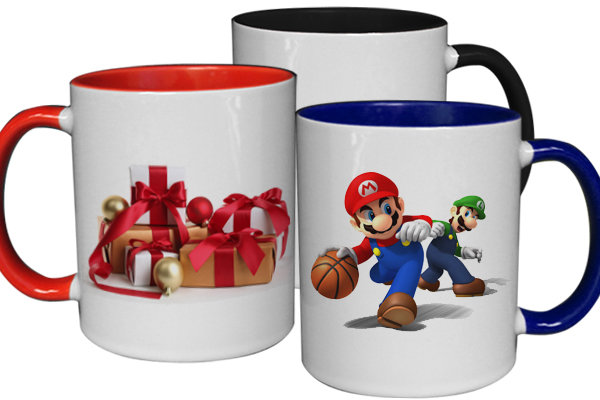
Full Colour Heat Transfer
There are several methods of producing heat transfers. They can be printed and cut to shape on a digital inkjet printer. The disadvantage of this method is that the transfer can look like a label when heat pressed onto the product. Other methods are screen print, offset or full colour digital printing onto a release media. These methods give a finished print very similar to direct printing but the image is often much sharper and can reproduce finer detail. Heat transfers are commonly used to brand textile surfaces and bags. They are heat pressed onto the product and produce a permanent bond. Only approximate PMS colour matches are possible with digital printing.
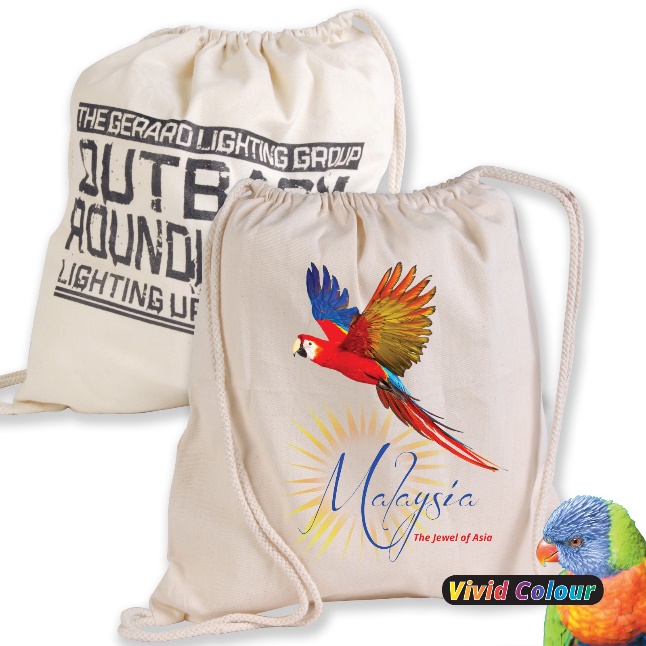
Digital Media
This production method is used for printing media such as paper, vinyl and magnetic material used in the manufacture of labels, badges and fridge magnets etc. Both digital inkjet and digital printing presses are used in the production of digital media. It is difficult to reproduce PMS colour matches with digital printing.
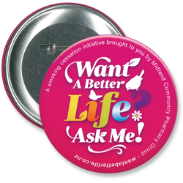
Direct Digital Print
Direct to product digital printing involves the transfer of ink directly from the print head of a special inkjet machine to the product and can be used to produce full colour printing on flat or slightly curved surfaces. It is difficult to reproduce PMS colour matches and some colours including metallic gold and silver are not possible to achieve. One big advantage of direct digital is that these machines can print a layer of white ink under the copy making them ideal for branding dark coloured products.
